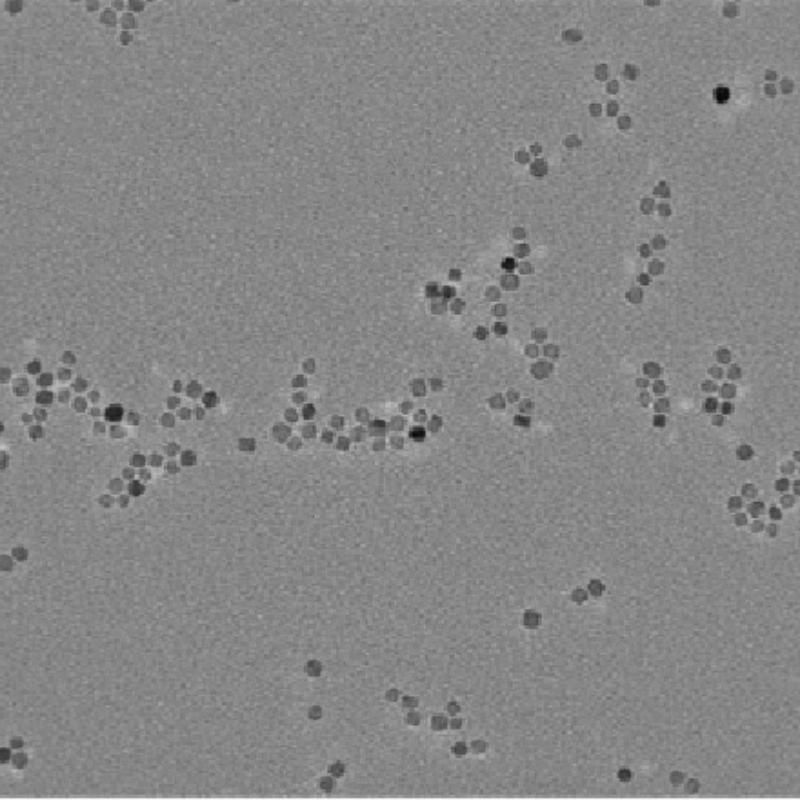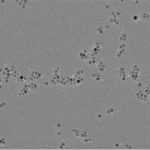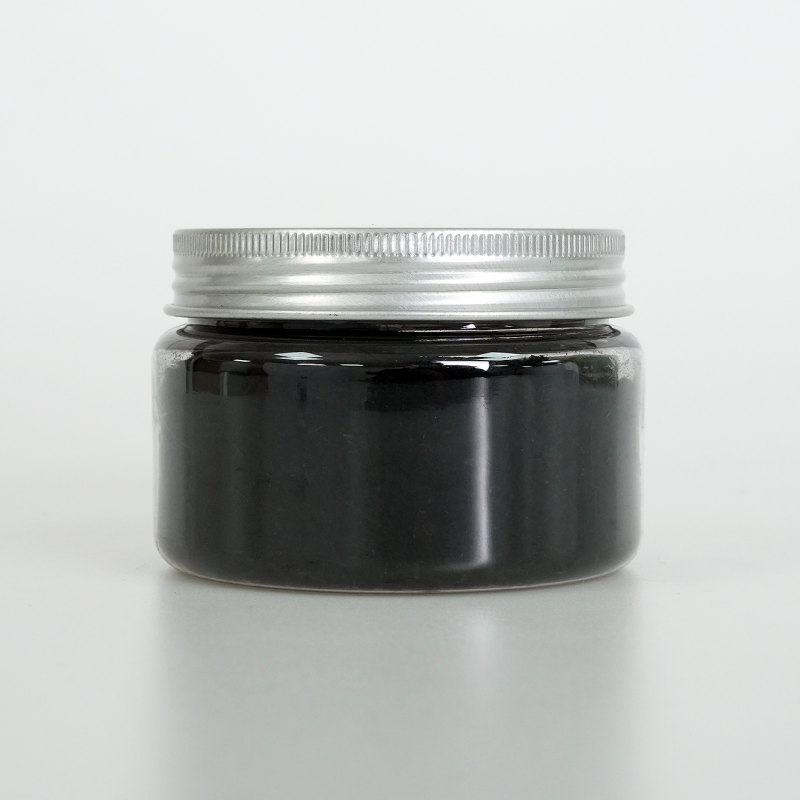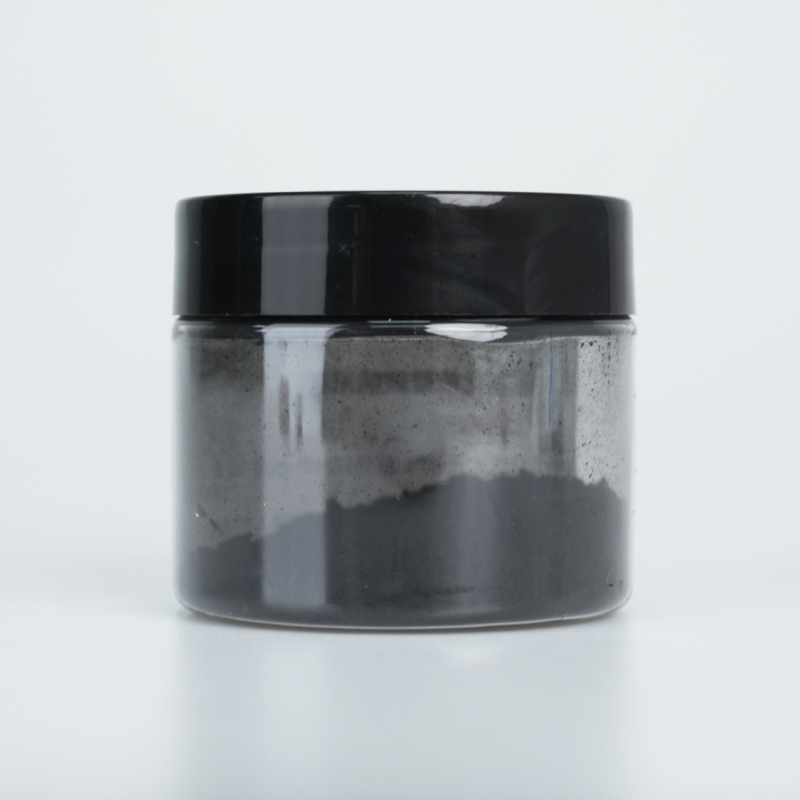Mercapto-modified Fe₃O₄ magnetic nanoparticles, synthesized via high-temperature pyrolysis, provide optimized surface reactivity, superior dispersion stability, and enhanced magnetic responsiveness. Designed for advanced biomedical and industrial applications, they ensure efficient functionalization, extended durability, and high adaptability.
Product Overview
Mercapto-modified Fe₃O₄ magnetic nanoparticles are prepared using a high-temperature pyrolysis method, offering excellent superparamagnetism and are suitable for various biomedical applications, including magnetic resonance imaging (MRI), magnetic hyperthermia (MHT), and targeted drug delivery. By introducing mercapto groups (-SH) on the nanoparticle surface, these nanoparticles are endowed with active functional groups, enhancing their ability to bind with biomolecules such as proteins, antibodies, and drugs, thereby improving their biocompatibility and functionality.
Key Features
- Superparamagnetism: Fe₃O₄ nanoparticles possess excellent superparamagnetic properties, enabling rapid magnetization and demagnetization under an external magnetic field, making them ideal for MRI and MHT applications.
- Mercapto Functionalization: The surface of the nanoparticles is modified with mercapto groups, introducing active functional groups that enable covalent bonding with biomolecules, thereby enhancing biological functionality.
- Biocompatibility: Mercapto modification significantly improves the biocompatibility of nanoparticles, reducing toxicity to normal cells and tissues, making them more suitable for biomedical applications.
- Stability: The introduction of mercapto groups enhances the stability of nanoparticles, reducing aggregation and oxidation, and prolonging their residence time in the bloodstream.
- Targeting Capability: Mercapto groups can form complexes with targeting ligands, enabling the nanoparticles to selectively target specific cells or tissues, enhancing the precision of treatments.
Applications
- Magnetic Resonance Imaging (MRI): Mercapto-modified Fe₃O₄ nanoparticles can be used as MRI contrast agents to enhance imaging signals and reduce proton relaxation time, thereby improving image clarity and accuracy.
- Drug Delivery: As drug carriers, mercapto-modified nanoparticles can precisely deliver drugs to tumor sites using an external magnetic field, improving drug targeting and therapeutic efficacy.
- Magnetic Hyperthermia (MHT): Under an alternating magnetic field, mercapto-modified Fe₃O₄ nanoparticles generate localized heat, which can be used for cancer treatment in magnetic hyperthermia, offering high biological safety and good tissue penetration.
- Cell Separation and Labeling: Due to their magnetic properties and mercapto modification, the nanoparticles can be used for cell separation and labeling, enabling the precise identification and isolation of specific cell types.
| Technical Parameter | Description |
| Form | Brown solution |
| Particle Diameter | ~5, 10, 20, 30, 50 nm (TEM), selectable |
| Concentration | ~1 mg/mL |
| Notes | Particle size is based on a single measurement, and slight variation between batches is allowed. |
| Particles larger than 30nm can be separated directly with magnets, while particles smaller than 30nm require magnetic separation columns. |
 new material
new material








